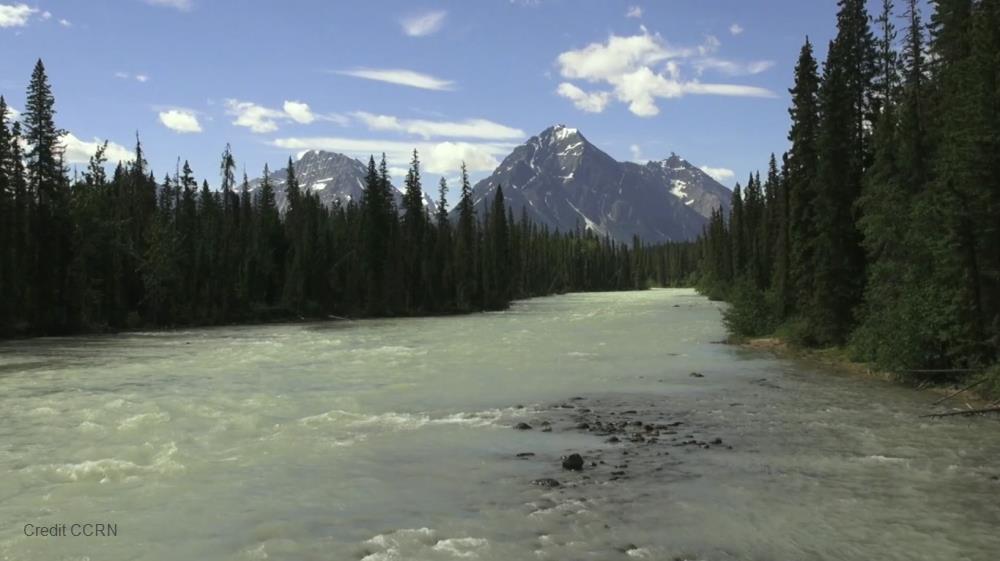
Related items loading ...
Section 1: Publication
Publication Type
Journal Article
Authorship
Leipe, S.C., and Carey, S.K.
Title
Rapid shrub expansion in a subarctic mountain basin revealed by repeat airborne LiDAR
Year
2021
Publication Outlet
Environmental Research Communications, 3 071001
DOI
ISBN
ISSN
Citation
Leipe, S.C., and Carey, S.K. 2021. Rapid shrub expansion in a subarctic mountain basin revealed by repeat airborne LiDAR. Environmental Research Communications, 3 071001,
https://doi.org/10.1088/2515-7620/ac0e0c .
Abstract
As a consequence of increasing temperatures, a rapid increase in shrub vegetation has occurred throughout the circumpolar North and is expected to continue. Rates of shrub expansion are highly variable, both at the regional scale and within local study areas. This study uses repeat airborne LiDAR and field surveys to measure changes in shrub vegetation cover along with landscape-scale variations in a well-studied subarctic headwater catchment in Yukon Territory, Canada. Airborne LiDAR surveys were conducted in August 2007 and 2018, whereas vegetation surveys were conducted in summer 2019. Machine learning classification algorithms were used to predict shrub presence/absence in 2018 based on rasterized LiDAR metrics, with the best-performing model applied to the 2007 LiDAR to create binary shrub cover layers to compare between survey years. Results show a 63.3% total increase in detectable shrub cover >= 0.45 m in height between 2007 and 2018, with an average yearly expansion of 5.8%. These changes were compared across terrain derivatives to quantify the influence of topography on shrub expansion. Terrain comparisons show that shrubs are located in and are preferentially expanding into lower and flatter areas near stream networks, at lower slope positions and with a higher potential for topographic wetness. Overall, the findings from this research reinforce the documented increase in pan-Arctic shrub vegetation in recent years, quantify the variation in shrub expansion over terrain derivatives at the landscape scale, and demonstrate the feasibility of using LiDAR to compare changes in shrub properties over time.
Plain Language Summary
Section 2: Additional Information
Program Affiliations
Project Affiliations
Submitters
Publication Stage
Published
Theme
Presentation Format
Additional Information
Mountain Water Futures , Refereed Publications


 GWFNet
GWFNet Master
Master Data
Data Research
Research Map
Map
 Advanced
Advanced Tools
Tools
 . . .
. . .
 Metadata Editor
Metadata Editor
 Record List
Record List
 Alias List Editor
Alias List Editor
 Legacy sites
Legacy sites